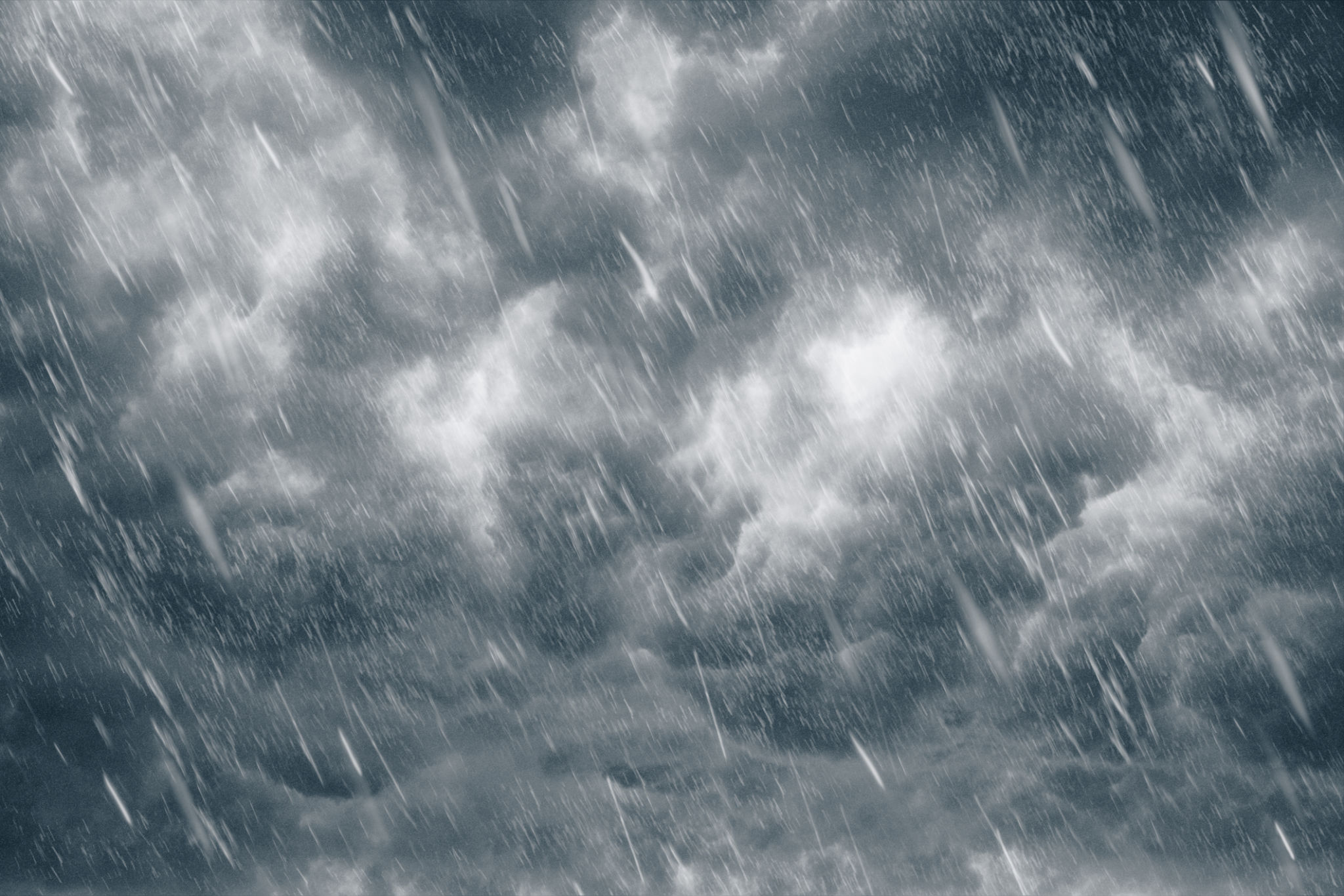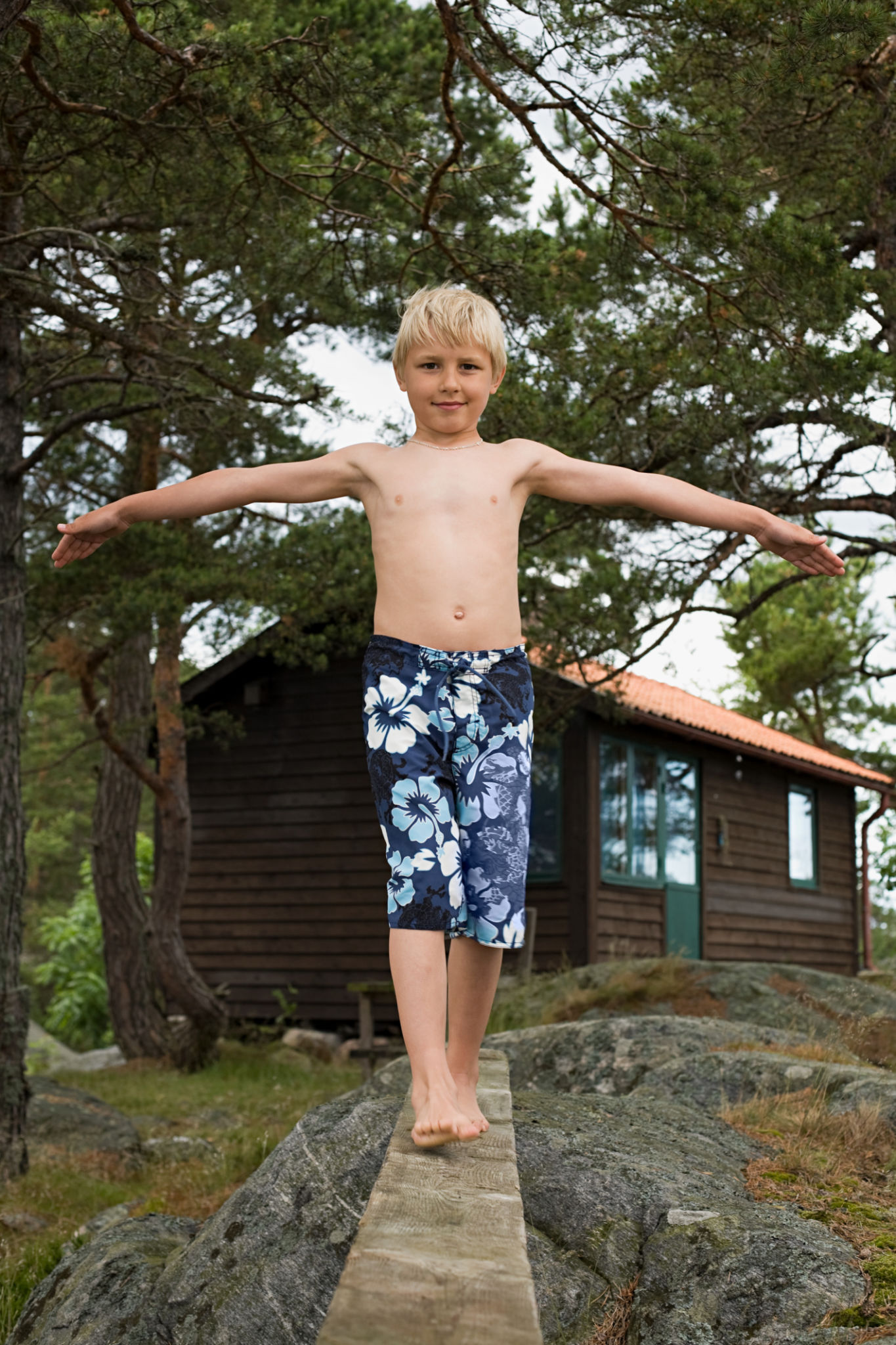The Impact of Weather on Surfaces in Canada: What You Need to Know
Introduction
Seamless surfaces have gained popularity in Canada due to their sleek appearance and practicality. These surfaces, often made from materials like epoxy, concrete, or resin, provide a smooth and continuous look, enhancing both residential and commercial spaces. However, Canada's diverse climate poses unique challenges to maintaining these surfaces.
How Weather Affects
The Canadian climate varies significantly across regions, impacting surfaces differently. In areas with extreme cold, such as the northern territories, the risk of cracks increases due to the expansion and contraction of materials in fluctuating temperatures. Conversely, in milder regions, moisture from rain and humidity can lead to surface degradation if not properly managed.

Cold Weather Challenges
In colder climates, seamless surfaces face the threat of freeze-thaw cycles. This process can cause cracking and chipping, especially if the installation was not done with weather-resistant materials. To mitigate these effects, it's crucial to use high-quality materials designed for extreme temperatures.
Another challenge is the accumulation of ice and snow on outdoor seamless surfaces. Regular maintenance and the use of de-icing solutions compatible with the surface material can help prevent damage.
Impact of Moisture
Moisture can be a significant concern for seamless surfaces in rainy regions. Water infiltration can lead to mold growth and surface discoloration if not addressed promptly. Proper sealing and regular inspections are essential to maintaining the integrity of these surfaces in such environments.

Best Practices for Maintenance
To ensure the longevity of seamless surfaces, consider implementing the following maintenance practices:
- Regular Cleaning: Remove dirt and debris to prevent surface abrasion.
- Sealant Application: Apply a weather-resistant sealant annually to protect against moisture and temperature fluctuations.
- Inspection: Conduct routine inspections to identify and address minor issues before they escalate.
Choosing the Right Material
Selecting the appropriate material for your seamless surface is critical. For regions prone to harsh winters, opt for materials with high tensile strength and elasticity. In contrast, for wetter areas, choose materials with excellent water resistance properties.

Conclusion
The impact of weather on seamless surfaces in Canada is significant, but with the right materials and maintenance practices, these surfaces can withstand the country's diverse climate conditions. By understanding these challenges and proactively addressing them, homeowners and businesses can enjoy the aesthetic and functional benefits of seamless surfaces for years to come.
Investing in quality materials and regular maintenance not only preserves the beauty of seamless surfaces but also ensures their durability in facing Canada's ever-changing weather patterns.
